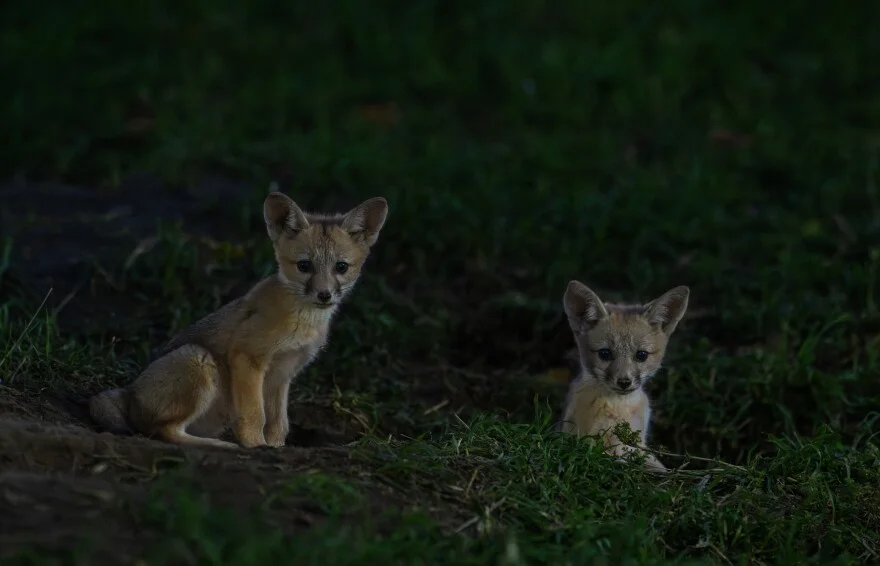
Funding Freeze Threatens Conservation Efforts for Endangered Kit Foxes
TURLOCK, Calif. — A beloved furry creature native to the Central Valley, the endangered kit fox, faces a precarious future as federal funding for its protection program is unexpectedly frozen. This funding freeze, imposed in March, could potentially spell the end for conservation efforts spearheaded by California State University Stanislaus's Endangered Species Recovery Program.
Established in 1992, the program has played a pivotal role in safeguarding not only kit foxes but also other endangered species and plants throughout the region. According to program director Jaime Rudd, the impact of losing over $450,000 in funding is dire, especially for the treatment of kit foxes suffering from a highly infectious skin disease.

Rudd's estimate of the remaining population suggests only 3,000 to 5,000 kit foxes linger in the Valley, with just around 200 in Bakersfield. The situation grows increasingly urgent as the skin disease, caused by parasitic mites, poses a significant risk to their survival.
Without immediate intervention, Rudd fears the potential for not only the kit fox population to diminish but also for other wildlife species under their care to face extinction. The program's staff, deemed unique specialists due to their federal permits that allow them to handle these animals, have been given layoff notices amidst an ongoing budget crisis at CSU Stanislaus.
“These folks are trained. They’re permitted to do the work that they do with federal and state permits,” Rudd emphasized. “If the program is disbanded, it will severely limit our capacity to save these animals.”

The kit fox has become more than just an endangered species; it is regarded as the "face of the San Joaquin Valley," a symbol of the delicate balance between human development and wildlife conservation. Its presence in urban areas has fostered a fondness among locals and served as a reminder of the dire need for ongoing conservation efforts.
Rudd has diligently reached out to members of Congress, advocating for the reinstatement of funding. Her communications have garnered some responses, yet uncertainty lingers regarding when the program will receive much-needed financial support. As Rudd poignantly noted, "For the first time, we're actively able to make decisions on what species continue to exist." This responsibility weighs heavily on the shoulders of those dedicated to preserving not just the kit fox but the rich biodiversity of the San Joaquin Valley.
In these challenging times, we stand at a crucial junction for conservation efforts. Will funding be restored before it’s too late? The survival of the kit fox hangs in the balance, and with it, the hope of preserving our precious natural heritage.

What do you think about the current situation facing the kit fox? We encourage you to share your thoughts and insights in the comments below.